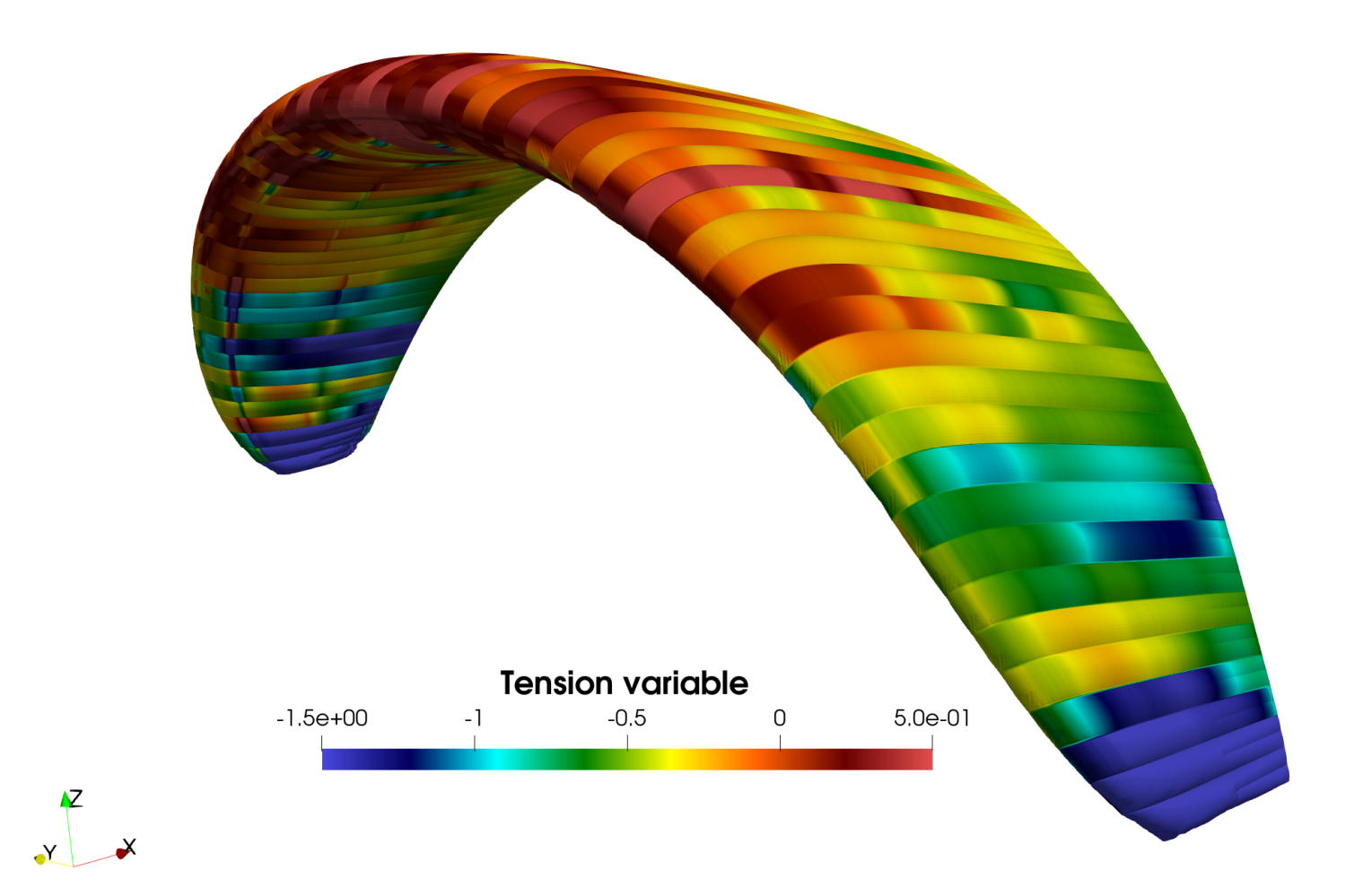Many of us while learning to fly were taught to keep our hands at ear-height. If you wanted to make the glider fly at its minimum sink rate, 30 to 50% brake or hands at karabiner-height was recommended. Many of us are flying that way because we have always done so.
However, in our book 'Paragliding: The Beginner's Guide' we make a point of explaining that for most modern gliders, it is best to keep your hands higher. We say to keep a small amount of pressure on the brakes to let you feel the movements of the glider, but to take care not to brake the glider because minimum sink is achieved without any brake applied.
The apparent contradiction between the two ways of flying understandably confused some of our readers. Their understanding was that min sink is achieved with quite a lot of brake on and now we are saying this is not true? What's going on?
The full article was published in Cross Country magazine
